Advertisement
There's no denying that artificial intelligence is changing the way the world works. However, when it comes to education, the reactions have been mixed. Some teachers worry AI might replace them or damage the learning experience. Others are simply unsure how to use it. But what if it’s not the enemy? What if it’s a tool that helps both teachers and students? In truth, teachers should embrace AI not because they have to, but because it makes their jobs easier and more meaningful. This isn’t about losing control—it’s about getting better support.
Every student learns at a different pace. Some grasp new ideas quickly, others take longer. In a crowded classroom, it’s hard to cater to all of them. That’s where AI in education makes a real difference. AI tools can track how each student learns, where they struggle, and what kind of content helps them improve. This kind of data isn't about judgment—it's about insight. When teachers use AI to identify learning gaps or patterns, they can tailor lessons in ways that would take hours to figure out manually. AI doesn’t replace the teacher’s touch. It sharpens it.
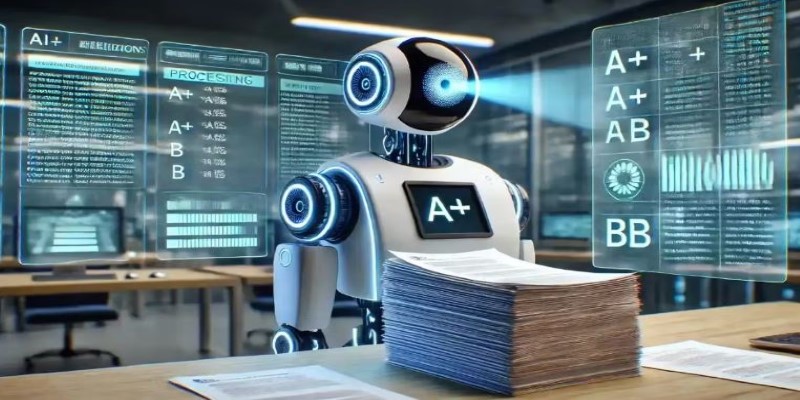
Grading papers, creating quizzes, sorting through admin work—these are the parts of teaching that take up far too much time. Teachers often spend nights and weekends handling tasks that have nothing to do with direct instruction. AI tools now offer help with grading, especially for multiple-choice or short-answer questions. Some platforms can even provide instant feedback to students, freeing teachers to focus on what matters: teaching and mentoring. When teachers embrace AI, they aren’t losing their role. They’re gaining back time they never should’ve lost in the first place.
One of the toughest parts of teaching is reaching students who learn differently. Whether it’s a student with dyslexia, ADHD, or another learning need, it takes extra planning and creativity to make sure everyone keeps up. AI in education is becoming a powerful support system here. It can offer text-to-speech tools, visual aids, or alternative explanations that match a student’s specific needs. AI helps reduce the risk of students falling behind without putting the full weight on the teacher. That support can mean the difference between a child giving up and a child keeping up.
Some fear AI will do too much for students, giving them answers instead of encouraging them to think. But that fear misses the point. AI can't replace critical thinking. What it can do is feed curiosity. When a student asks a complex question, AI tools can provide background, suggest ideas, or offer new angles to explore. It's like having a digital research assistant that pushes students to dig deeper, not settle for the first answer. When teachers use AI as a launchpad, not a shortcut, they create a more curious and motivated classroom.
AI doesn’t just help students. It can also help teachers improve their skills. AI-driven platforms now offer real-time feedback on classroom management, voice tone, and pacing. They can even analyze lesson effectiveness based on student reactions or quiz results. This kind of support used to require full evaluations or hours of video review. Now, it’s becoming a daily tool. When teachers embrace AI, they open the door to personal growth—on their terms, with their data. No judgment, just progress.

Let's face it—keeping students engaged can be exhausting. Every year, attention spans seem shorter, and distractions grow. AI can help here, too. Tools that use AI in education can adapt content formats to keep students interested. For example, if a student learns better through video, AI can recommend relevant clips. If another does better with games or interactive activities, the system can offer those. The goal isn't to entertain—it’s to match the delivery to the learner. And when the content fits, engagement follows naturally. AI becomes a silent partner in grabbing attention and holding it.
Modern classrooms produce more data than ever—test scores, attendance, behavior logs, and assignment submissions. Sorting through all of this by hand is overwhelming. AI can help teachers turn that pile of information into something useful. It can highlight trends, suggest interventions, and even predict potential problems. Rather than drowning in numbers, teachers get a clear view of what’s working and what’s not. This is where AI in education shines—it makes data useful instead of burdensome. It allows teachers to be proactive, not just reactive.
The truth is, students aren’t waiting for teachers to catch up. Many are already using AI tools to help with homework, generate writing ideas, or find shortcuts. If teachers don’t understand these tools, they risk losing touch with how students are learning outside the classroom. By learning the tools themselves, teachers stay one step ahead. They can guide students on how to use AI ethically and effectively. This isn't about control—it’s about responsibility. When teachers embrace AI, they take the lead in shaping how it’s used, instead of reacting after the fact.
Teachers are not being replaced—they’re being given better tools. The core of teaching has always been about connecting with students, guiding them, and helping them grow. AI doesn’t change that; it makes it easier to do well. With less time spent on repetitive tasks and more insight into each student's needs, teachers can focus on what matters most as classrooms become more complex, smart support matters. Learning to use AI isn't giving in to change—it’s preparing for what education already looks like. By exploring its benefits now, teachers stay in charge of the learning experience—and make it stronger.
Advertisement
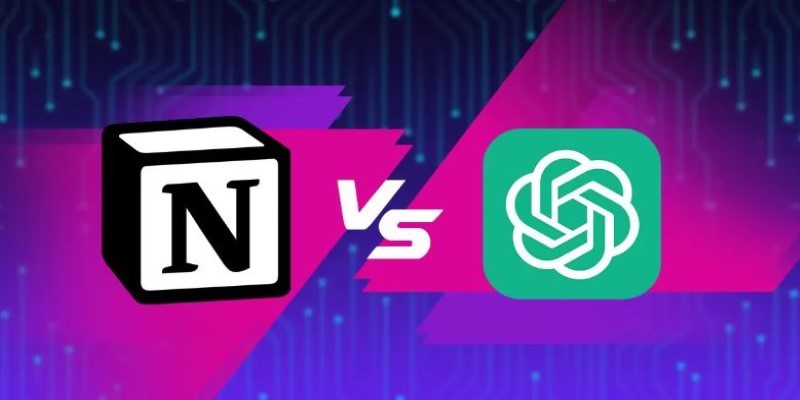
Compare Notion AI vs ChatGPT to find out which generative AI tool fits your workflow better. Learn how each performs in writing, brainstorming, and automation

Oracle adds generative AI to Fusion CX, enhancing customer experience with smarter and personalized business interactions
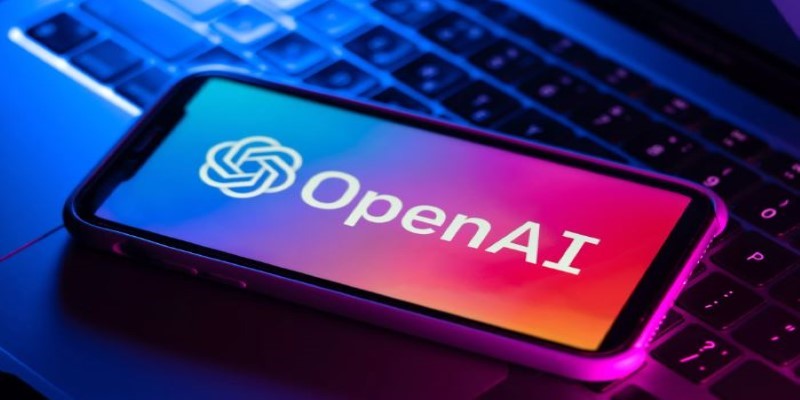
Explore the journey from GPT-1 to GPT-4. Learn how OpenAI’s lan-guage models evolved, what sets each version apart, and how these changes shaped today’s AI tools

Selecting the appropriate use case will help unlock AI potential. With smart generative AI tools, you can save money and time

What is the AI alignment control problem, and why does it matter? Learn how AI safety, machine learning ethics, and the future of superintelligent systems all depend on solving this growing issue
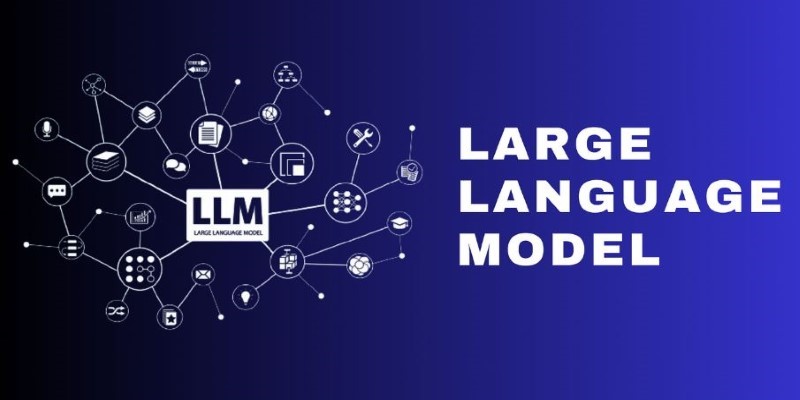
What Large Language Models (LLMs) are, how they work, and their impact on AI technologies. Learn about their applications, challenges, and future potential in natural language processing
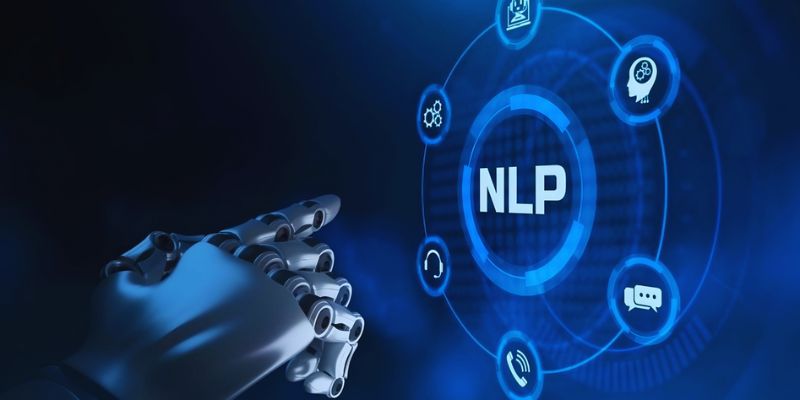
Start learning natural language processing (NLP) with easy steps, key tools, and beginner projects to build your skills fast

How CO₂ emissions and models performance intersect through data from the Open LLM Leaderboard. Learn how efficiency and sustainability influence modern AI development

How inference providers on the Hub make AI deployment easier, faster, and more scalable. Discover services built to simplify model inference and boost performance

Discover practical methods to sort a string in Python. Learn how to apply built-in tools, custom logic, and advanced sorting techniques for effective string manipulation in Python

What DAX in Power BI is, why it matters, and how to use it effectively. Discover its benefits and the steps to apply Power BI DAX functions for better data analysis

How to write effective ChatGPT prompts that produce accurate, useful, and smarter AI responses. This guide covers five clear ways to improve your results with practical examples and strategies